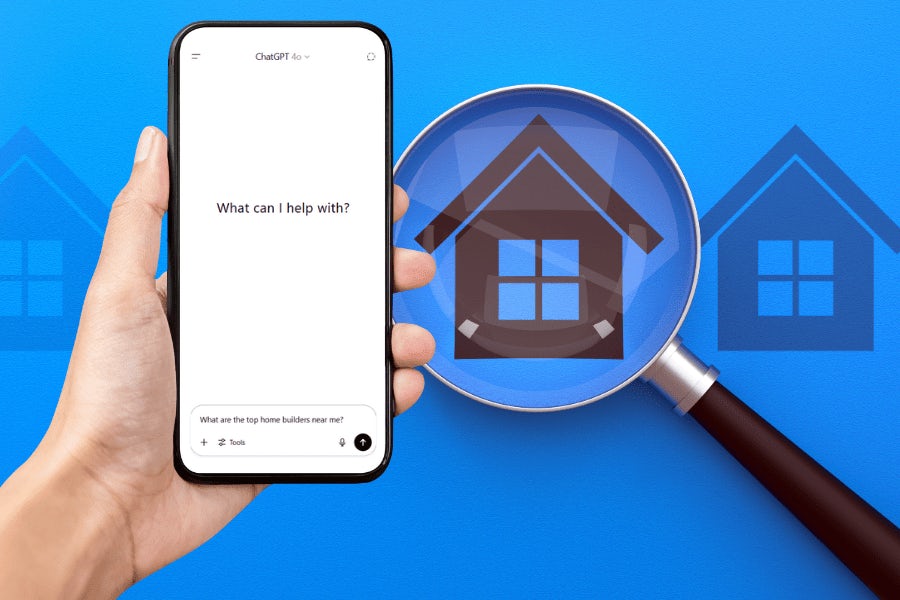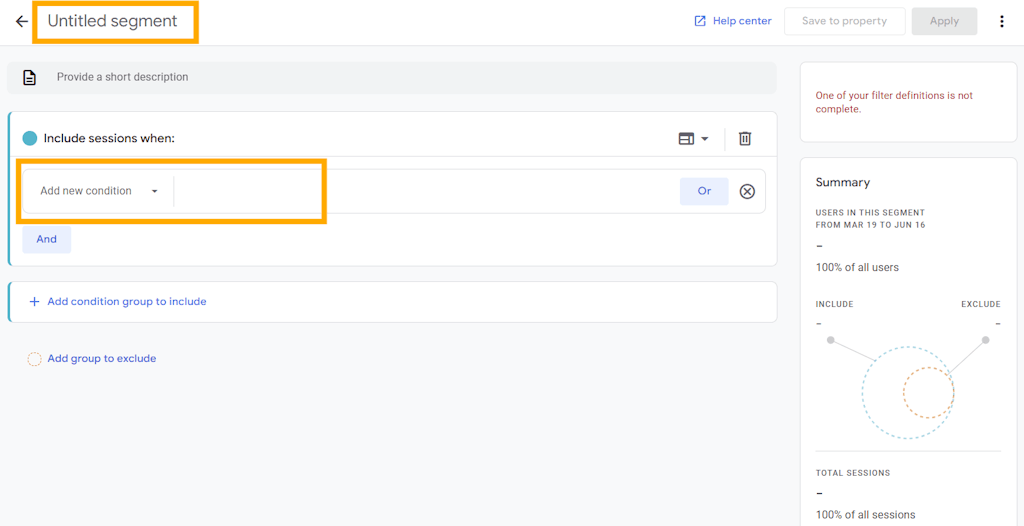AI search is reshaping how individuals search for and discover homes. It’s a technology that’s becoming increasingly familiar. With more buyers leaning on voice assistants or intelligent search engines, the home building sector needs to adapt. Understanding AI search’s dynamics helps ensure that homes appear front and center when potential buyers go hunting online.
The growing influence of AI in search corresponds to changes in consumer habits. As people use AI search tools to find homes, these algorithms learn to provide more personalized results, aligning closely with user preferences. Home builders who grasp AI’s potential position themselves to attract these tech-savvy buyers. This evolving landscape presents a chance to stand out, not just by having beautifully designed homes but by utilizing tech-driven marketing strategies that reach the right people at the right moment.












